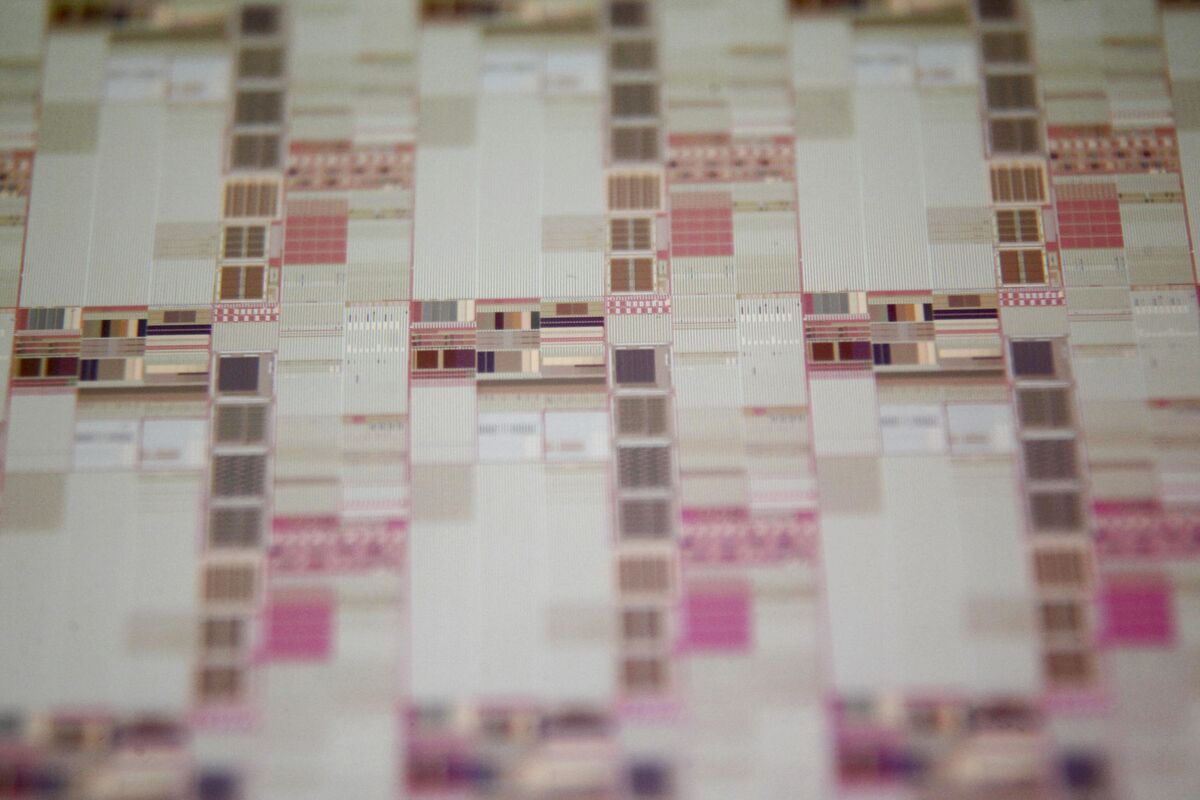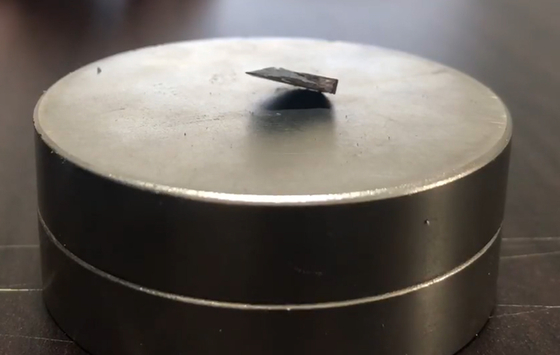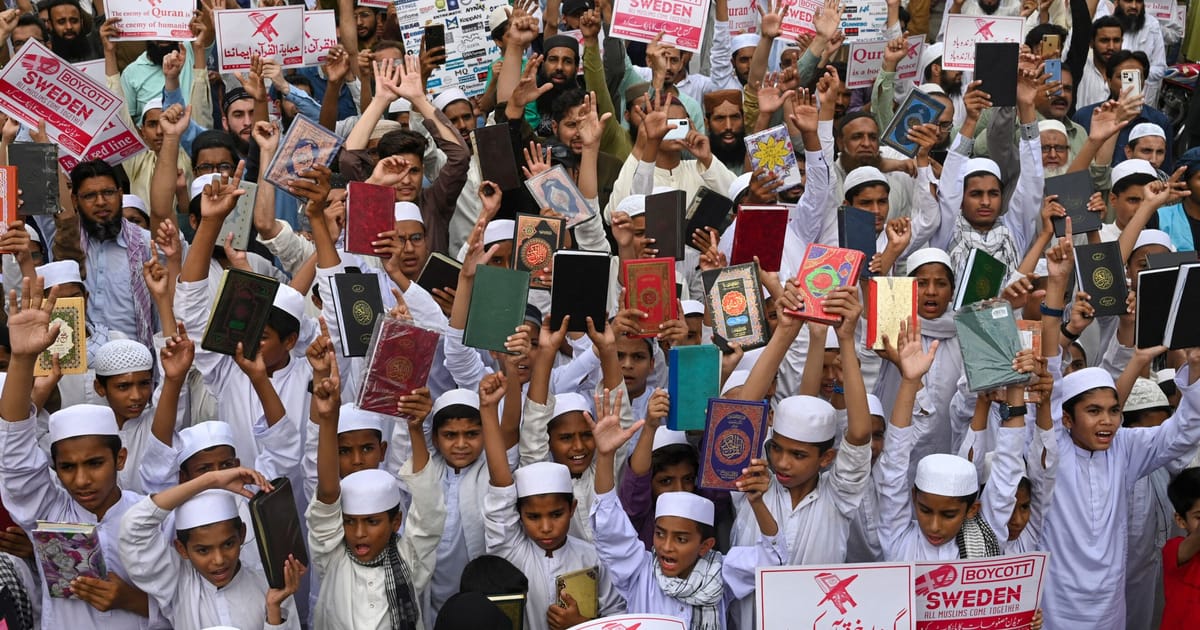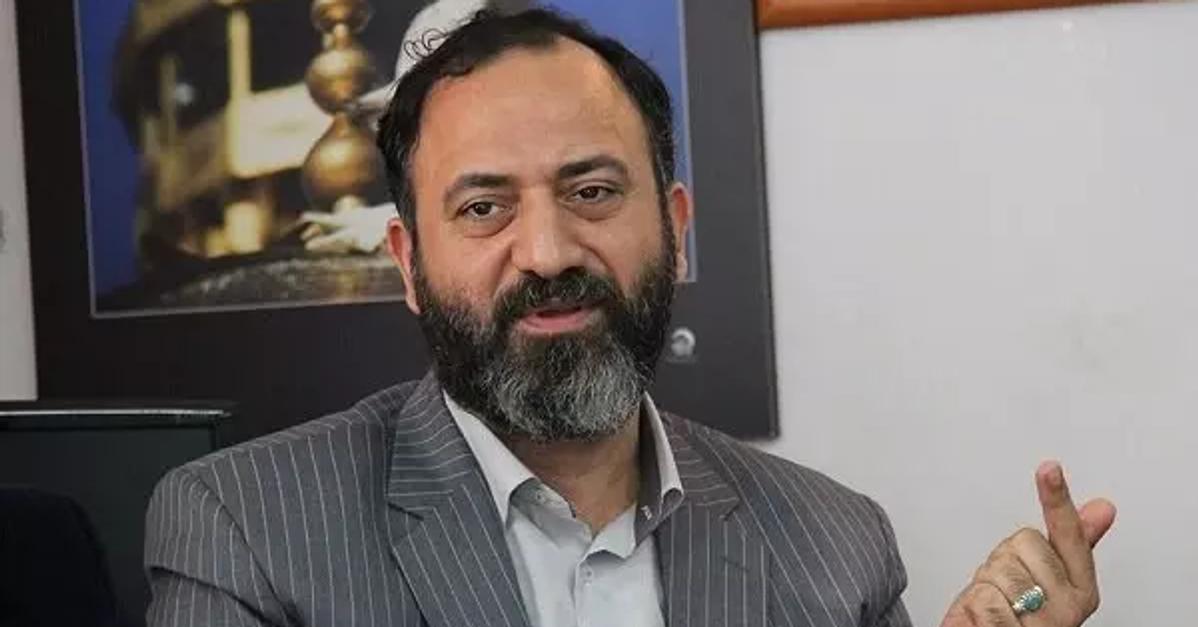- 11 Posts
- 23 Comments

 22·11 months ago
22·11 months agono, there is not. why would you condemn the true followers of religion. mullahs are not that stupid. and when they do they are being fed from some other hand to do the speaking/manipulation.
there is nothing outside. it’s just barren desert.

 32·11 months ago
32·11 months agowho says that i will flee to the west. middle east and india kind of allow it. there is a completely different islam being followed in americia. you guys think of islam as a completely peaceful religion. michigan should have been a wake up call after they started shouting prayers and banned lgbt flags. there are countries we can try fleeing to and then immediately breakup after arrival. anyways “Embassy of India issues Visas to Afghan citizens as gratis. There is no charge levied by the Embassy [except in those cases where the passport has been issued from an Afghan mission overseas]. However, in case of Emergency Visa services a fee of $38 per applicant is charged.” ticket cost comes out to be at most 600$ from kabul to delhi soo it’s possible.


 12·11 months ago
12·11 months agoyes but Islam is special case because it is the most dangerous so far.

 61·11 months ago
61·11 months agotheoretically. if i were to marry a woman and islam as we all know allow us to marry upto 4 women at once, how much money it would take to move 10 million women out of afghanistan? (if they are willing to)

 410·11 months ago
410·11 months agoRemoved by mod

 42·11 months ago
42·11 months agoi mean i get dropping pork on muslims is too far. but atleast we can put up anti-islam posters which contain violent verses. and distribute cards which educate muslims better of how dangerous their religion is.

 51·11 months ago
51·11 months agoRemoved by mod

 142·11 months ago
142·11 months agowait what if instead of burning books there are other ways of desecrating it. like stomping and shitting. or both at the same time.

 118·11 months ago
118·11 months agoso brave

 11·11 months ago
11·11 months agothat happened decades ago. this is happening now. now matters more than before.

 714·11 months ago
714·11 months agoyes but islam is built upon hate, spread by hate and even when it remains there will be hate.

 23·11 months ago
23·11 months agoyes, unfortunately it is. the infant was left bleeding on the floor.

 144·11 months ago
144·11 months agooh don’t worry this is the most normal evening in BJP(Bharatiya janta Party[Nationalist Public Party]) led UP it’s equivilent of GOP. in North india is worse than southern states.

 211·11 months ago
211·11 months agoThis is a warning for any tourist that wants to come into this shithole
if you are planning to come to india. Stay away from the north. especially my state (that is UP).
every one wants to run away from here.
Aligarh police said the boy took the child to a desolate place where he allegedly raped her and left her home profusely bleeding after around half an hour.
A 12-year-old boy was apprehended Thursday for allegedly raping a one-year-old girl in Uttar Pradesh’s Aligarh, police said. The boy was subsequently sent to a juvenile home in Agra. “The minor accused was apprehended Thursday morning under charges of rape. He has also been booked under the Protection of Children from Sexual Offences (POCSO) Act,” the officer in charge of the area police station said. According to the First Information Report (FIR) lodged by the girl’s father on Wednesday night, the baby’s nine-year-old sister was giving her milk in a bottle when the boy, who was known to the family, told the older girl that he would take the baby with him and return soon. The police said the boy took the child to a nearby desolate place where he allegedly raped her and left her home profusely bleeding after around half an hour. The child’s parents – who are contract workers – were not home at the time and when the mother returned, she noticed that the baby was bleeding. The elder girl then told their mother that the boy had taken the child out for some time. The parents rushed to the local police station and lodged a complaint. Kuldeep Singh Gunawat, SP (Aligarh), said, “We apprehended the accused who confessed to the crime. He was produced before a court in Aligarh and sent to a juvenile home in Agra. The baby has been admitted to a government hospital in Aligarh for medical treatment.”

 413·11 months ago
413·11 months agoThis whole thing is so stupid and depressing.
but no one is ready to talk about it because they are afraid they will get cancelled for Islamophobia.
fuck your religion. it has claimed countless lives. destroyed and ruined countless cultures from mecca to morroco to dhaka.
i hate this bull shit. islamophobia = don’t look up

 1511·1 year ago
1511·1 year agoAs an exmuslim i just want to say thank you. i am glad that people are starting to wake up and understand that islam is more of a political ideology than a religion.

 02·1 year ago
02·1 year agoI , karabiener , officially condemn such action. If china were to repeat such heinous action again. i will respond with a decisive decision .

 4·1 year ago
4·1 year agoRemoved by mod










https://www.ft.com/content/3e76f8a1-cc4a-4794-82eb-49b31a3c1e2b
If you haven’t yet heard of LK-99, where have you been? Over the past week and more, this pebble-sized dark rock — made of lead, phosphorus, copper and oxygen — has pushed social media into meltdown, sent stock markets surging and put Silicon Valley investors into a spin.
Scientists all over the world struggled to make sense of the hallowed lump. One enthusiast livestreamed his effort to bake a replica, with 16,000 Twitch viewers tuning in to stare at a kiln.
According to scientists in South Korea, LK-99 is a room-temperature superconductor that can work at normal pressure. If true, it represents colossal progress. Superconductors are materials that can conduct an electrical current with zero resistance, which means zero energy loss. They generally operate only at impractically low temperatures or fantastically high pressures. MRI machines, for example, use a niobium-titanium alloy cooled by liquid helium to below minus 263C.
But a room-temperature, ambient-pressure superconductor made from cheap materials would pave the way for perfectly efficient high-capacity power grids, desktop quantum computing, fusion reactors and even levitating trains. Hence the race in Europe, the US, Russia and Japan to find so-called high-temperature superconductors. Any breakthrough would be a Nobel Prize shoo-in.
But there’s a catch: proof remains elusive. Superconductivity, first discovered in 1911, is notoriously difficult to confirm in the lab. Mistaken sightings are so common they are nicknamed USOs, or Unidentified Superconducting Objects.
An electrical current, essentially a flow of electrons, is a messy affair — a bit like a dance floor of rowdy partygoers attempting a conga. But below a critical temperature, many materials become superconducting: the electrons abruptly pair up and begin to move smoothly. It is as if the partygoers disappear amid clouds of dry ice — and instantly reappear as pairs of ballroom dancers gliding effortlessly in unison.
There are two giveaway signs of that transition: first, measured resistance drops to zero; and, thanks to a curious phenomenon called the Meissner effect, a superconductor will levitate above a magnet.
On July 22, a preprint — a draft scientific paper that has not undergone peer review — surfaced, claiming that LK-99 had met both tests. Scepticism was immediate. The researchers, from the Korea Institute of Science and Technology and the country’s Quantum Energy Research Centre, were respectable but not superstars. The method for making this miracle material — bearing the initials of two authors, Sukbae Lee and Ji-Hoon Kim — seemed incredibly simple, including use of a pestle and mortar, but lacked detail. A linked video appeared to show partial, rather than full, levitation.
Strangely, another paper by Lee and Kim quickly followed, this time with four other authors. As Scientific American notes, critics pointed to graphs featuring an oddly scaled axis, though a researcher at Lawrence Berkeley National Laboratory in California said the Korean claim was theoretically plausible. One team in China reported limited success at replication; another in India reported failure.
The matter is not yet closed but the odds seem unfavourable. A hastily convened verification committee set up in South Korea issued a cautionary note on August 2, suggesting a lack of concrete evidence.
Given superconductivity’s history of false dawns, our trusty pebble, now with its own Wikipedia page, is most likely to be an unremarkable rock with accidentally interesting properties. But what a gripping spectacle — one that tells us less about physics and more about the collective human need, even among scientists and investors, to dream.